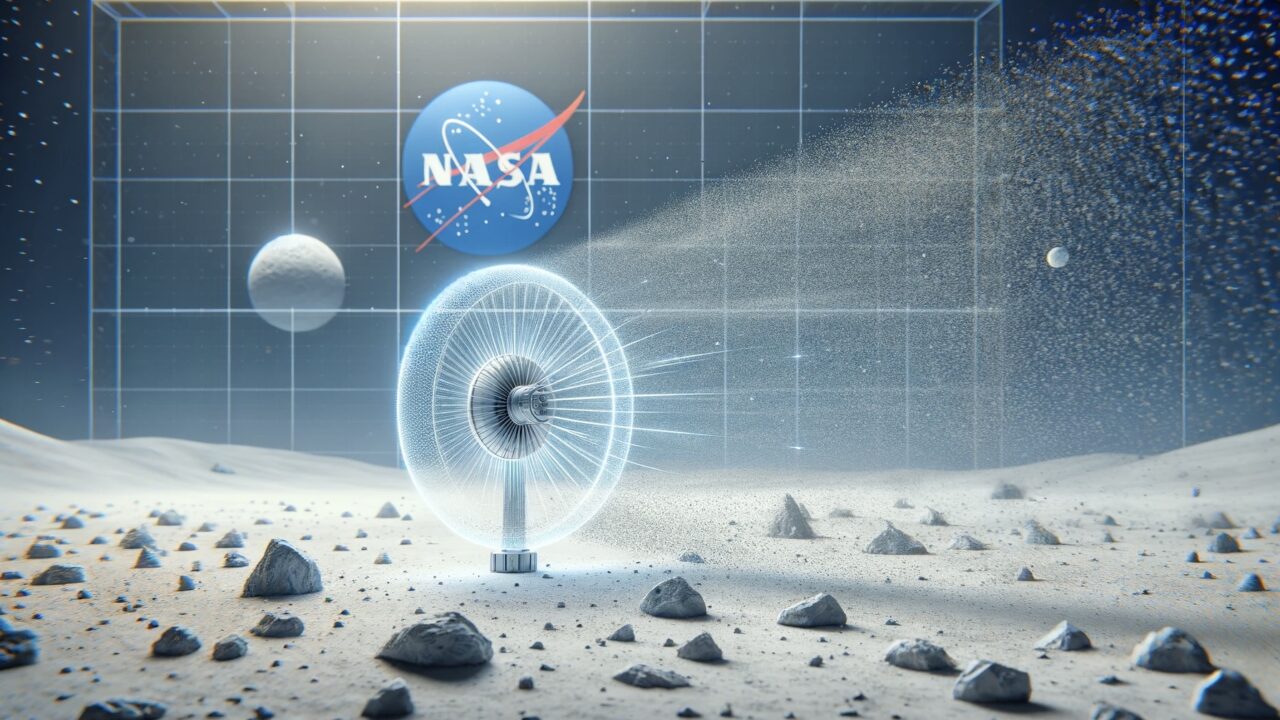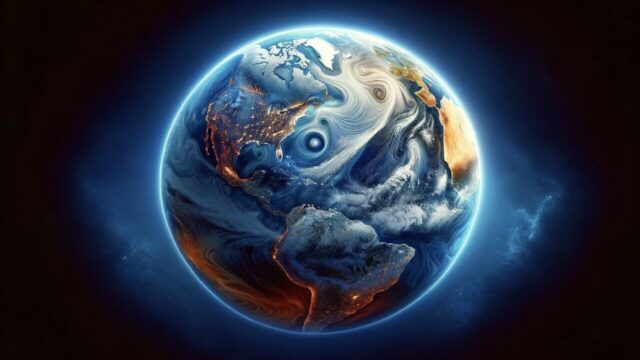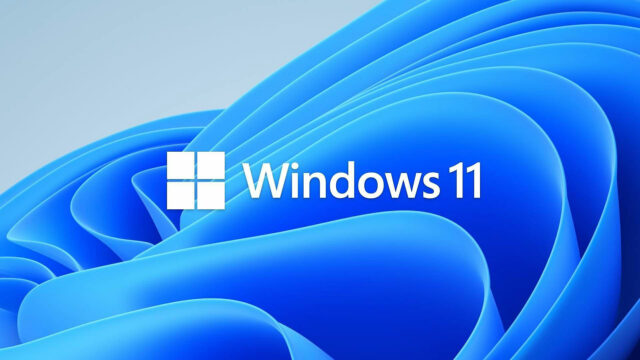NASA is set to address the challenges posed by lunar dust by sending a technology demonstrator for the Electrodynamics Dust Shield (EDS) aboard the Firefly Blue Ghost Mission 1. This initiative could lead to significant advancements for astronauts and spacecraft. NASA’s moon dust mission.
NASA tests moon dust protection
NASA is deploying a technology demonstrator on Firefly Blue Ghost Mission 1 to test a new technology that uses electricity to repel and clean lunar dust. Lunar dust is a significant problem for astronauts and spacecraft due to its fine and abrasive nature.
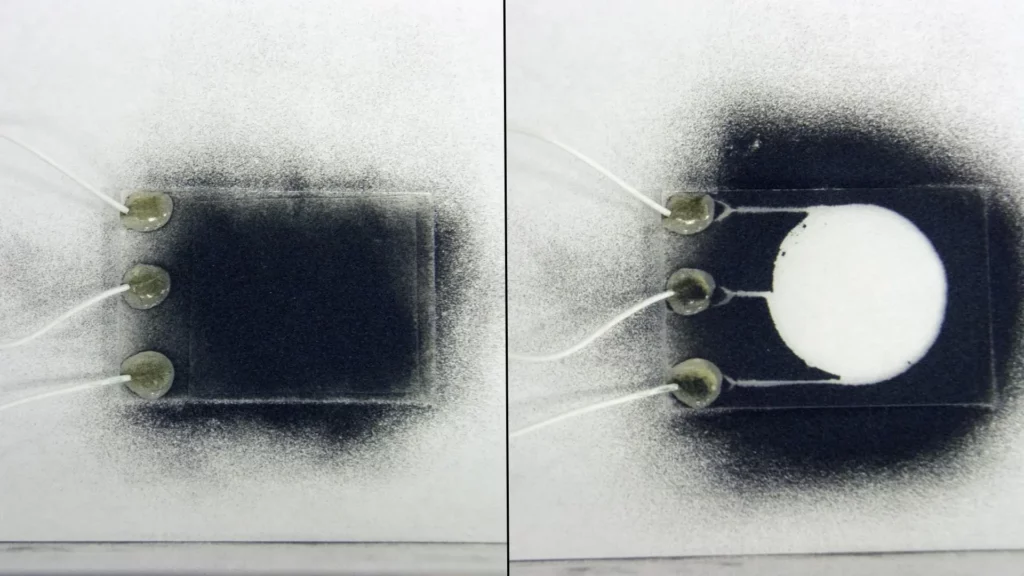
NASA’s new Electrodynamics Dust Shield (EDS) technology aims to remove dust from surfaces using electric fields. Initially developed and produced at NASA Kennedy in 2004, EDS technology employs a combination of electrodes and electric fields to clean dust from solar panels, thermal radiators, camera lenses, space suits, and other surfaces.
Lunar dust consists of regolith, the surface material of the Moon, which is charged with electrostatic charges, making it difficult to remove. The EDS system uses electric fields to overcome this challenge and repel the lunar dust. Testing of the EDS is scheduled for 2024 during the Firefly Blue Ghost Mission 1, where it will be sent to the Moon along with payloads from ten different agencies.
This new technology could enhance the safety of astronauts and the longevity of spacecraft in future lunar missions. Cleaning dust using electric fields aims to create a more efficient and safe working environment on the Moon. NASA hopes to successfully test this technology to support the Artemis missions.
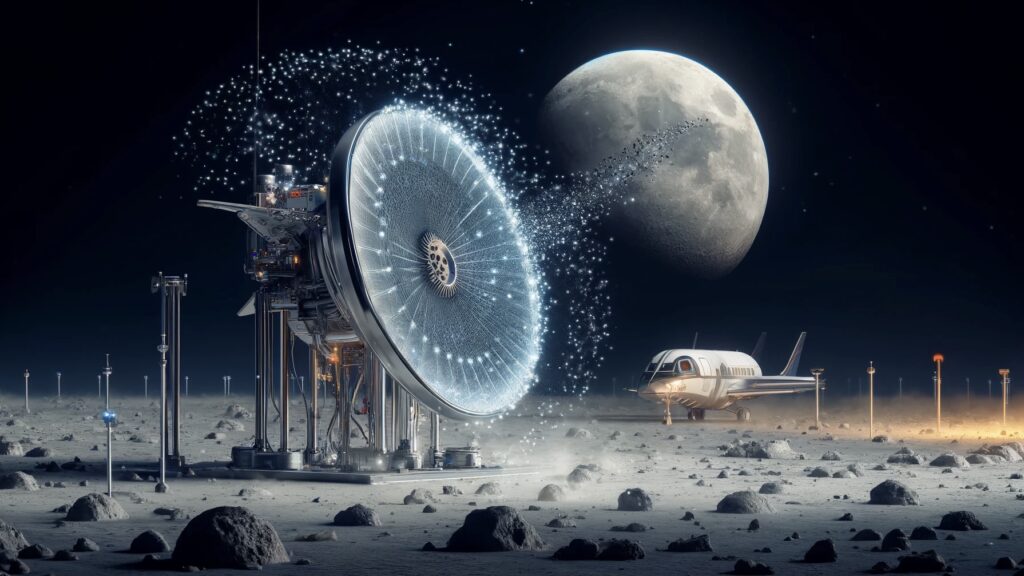
NASA’s new Electrodynamics Dust Shield (EDS) technology aims to solve the lunar dust problem using electric fields. This new approach is significant for providing a safer environment for astronauts and spacecraft. How effective do you think this technology will be in lunar missions?
What challenges could lunar dust pose for future missions? Could NASA’s moon dust mission also be used to solve similar problems on other planets like Mars? Share your thoughts in the comments section below to discuss your views on this topic.


